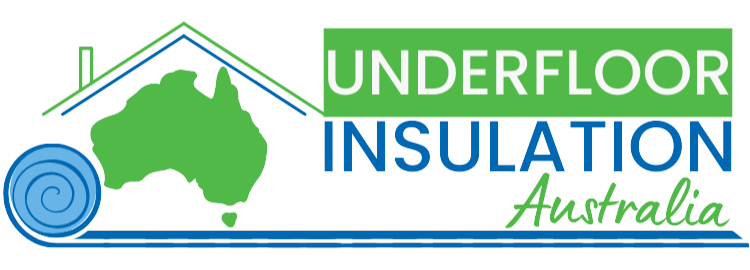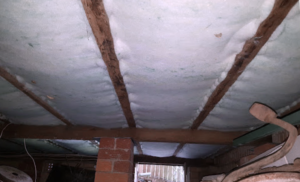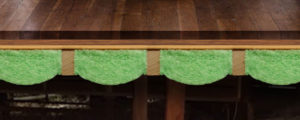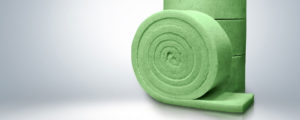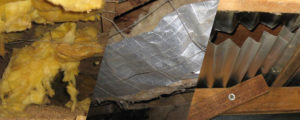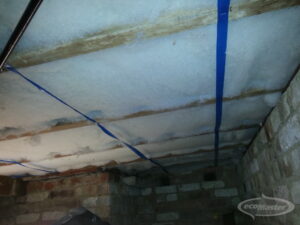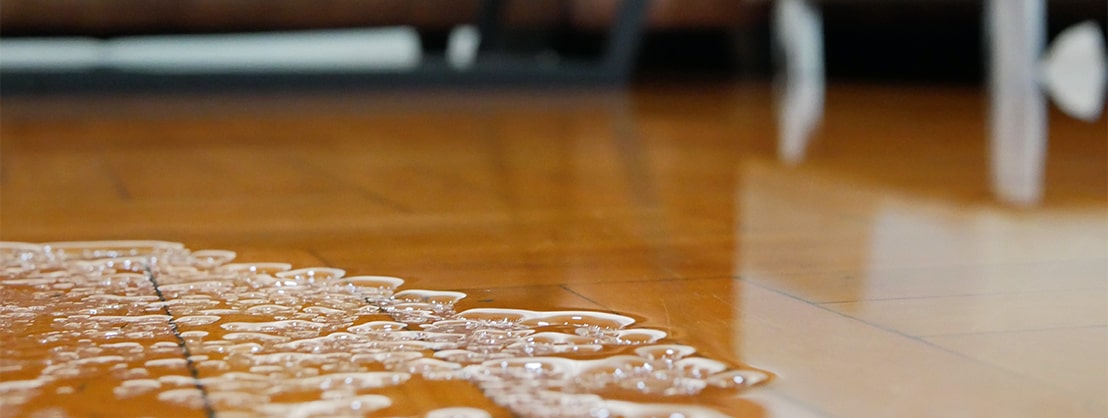
What to Do When Your Insulation Gets Wet: Polyester vs. Fibreglass
When installing insulation in your home, one of the most important things to consider is how different materials react to moisture. Both polyester and fibreglass insulation are common choices, but they respond to water in very different ways. Knowing how to handle wet insulation can save you a lot of time, effort, and money. So, let’s break it down and look at what to do when polyester or fibreglass insulation gets wet.
Polyester Insulation: Tough and Reliable
What’s Good About Polyester Insulation?
Polyester insulation, like the popular Polymax ranges, is known for being durable, non-irritating, and environmentally friendly. Made from 100% polyester—up to 80% of which comes from recycled PET bottles—this insulation is built to last, even when moisture is involved.
How Does Polyester Handle Moisture?
One of polyester’s biggest perks is how well it deals with moisture. Unlike fibreglass, polyester can handle getting a little wet without losing its shape or effectiveness.
What to Do If Polyester Gets Wet:
Is the insulation damp or soaked? If it’s only damp, there’s usually no need for concern. Polyester won’t degrade from a bit of moisture, so you can just let it dry.
If it’s more than just damp, allow the water to drain away and let the insulation dry naturally. Make sure the area is well-ventilated to speed up the drying process. Don’t stress—polyester insulation will still work perfectly fine once it’s dry.
Once your insulation is dry but had to be moved, you can reinstall it without worrying about any loss in performance. Polyester insulation won’t suffer from mould growth or reduced efficiency like other materials might.
While polyester is tough, it’s always a good idea to double-check for any rips or tears. If its underfloor insulation, staple it in again – polyester holds up very well.
Fibreglass Insulation: A Bit More Sensitive
What’s Good About Fibreglass Insulation?
Fibreglass insulation is a favourite due to its affordability. However, it’s made of fine glass fibres, which don’t take kindly to moisture.
How Does Fibreglass Handle Moisture?
Once fibreglass gets wet, it starts to lose its effectiveness. It holds onto water, which makes it sag, gain weight, and lose its insulating properties. Plus, it can become a breeding ground for mould, which can seriously affect both your health and the overall air quality in your home.
What to Do If Fibreglass Gets Wet:
Wet fibreglass insulation can quickly lose its insulating abilities and become a prime spot for mould. So, act fast and get it out before things get worse.
Carefully pull out the wet fibreglass. It’s essential to remove all of it because it tends to hold water and can start to weigh a lot more than it should. That weight can cause it to sag and lose all effectiveness. If sitting on plasterboard, that will need to be removed too.
Unlike polyester, once fibreglass insulation gets wet, it needs to be replaced. You can’t dry it out and expect it to work like new. So, dispose of it properly according to your local guidelines.
Make sure the area is fully dry before you put in replacement insulation. If you’re replacing fibreglass, consider switching to polyester insulation. It’s much more moisture-resistant and will save you from dealing with the same issue in the future.
Why Polyester Might Be the Smarter Choice for Moisture-Prone Areas
Polyester insulation really shines when it comes to moisture resistance. It doesn’t matter if it gets a little damp, or even a lot damp; it’ll still do the job just as well as before. In the early days of ecoMaster we had a polyester batt blow into our fish pond as we were unloading our track one afternoon. I hauled it out and threw it on the driveway – “Just one more thing to deal with!” in an exasperated tone. So it was surprising to find that it was perfectly dry and showing no damage whatsoever. My first hand discovery of the water happy qualities of polyester!
On the other hand, fibreglass isn’t so forgiving. Once it gets wet, it needs to be replaced to keep your home healthy and energy-efficient.
So, if you live in an area with high humidity or you’re worried about the occasional water spill, polyester insulation might be the smarter choice for your home. Not only is it better at handling moisture, but it also provides excellent insulation without the hassle of needing to replace it every time it gets damp.
Final Thoughts
Both polyester and fibreglass insulation have their places in the world of home insulation, but when it comes to moisture, polyester truly stands out. If you’re dealing with a damp environment or just want to avoid the hassle of replacing insulation after every little water spill, polyester is the way to go. But if fibreglass is your material of choice, just know that moisture can quickly turn it into a problem, requiring you to replace it to keep your home efficient and safe.
Understanding how to deal with wet insulation, and choosing the right material for your home, can save you a lot of stress, time, and money in the long run. So, whether you’re looking to upgrade your insulation or you’ve run into a little water trouble, now you know what to do.
